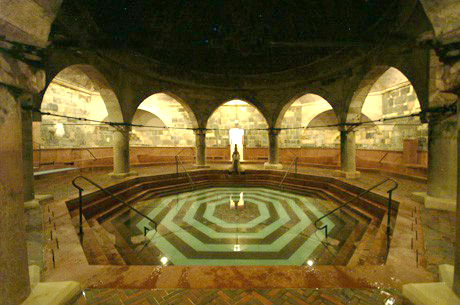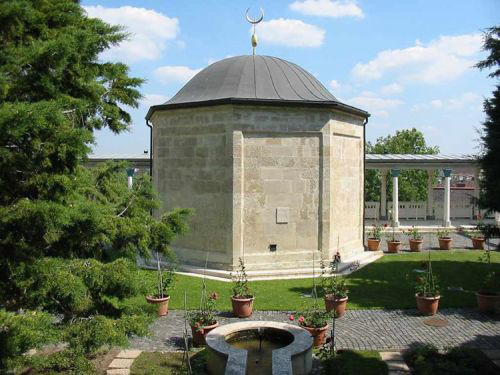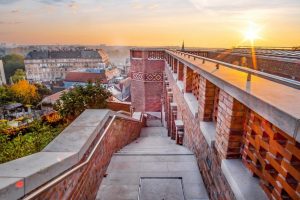Thinking about taking your significant other to somewhere really romantic this Valentine’s Day? Here are six places that will definitely sweep them off their feet!
Buda Castle
Travellers in the Middle Ages used to say that Europe had three crown jewels: Venice on the waters, Florence on the plains, and Buda on the hills. Budapest’s postcard-worthy Castle Hill, dominated by the sprawling complex of the Royal Palace and the ivory-white tower of Matthias Church, has been listed as a UNESCO World Heritage site since 1987. As the centre of the Hungarian state ever since the Mongol invasion in 1242, Buda Castle abounds with colourful houses (Baroque in look, but Gothic in origin), cosy streets, intimate inner courtyards, museums, underground tunnels, cafés, restaurants, and all the essentials of a romantic afternoon. If you want to make the most of your visit, there’s no better way of storming the castle than climbing one of its zigzagging stairways: our favourites are the ones starting in Korlát utca, Kagyló utca, and Szalag utca.
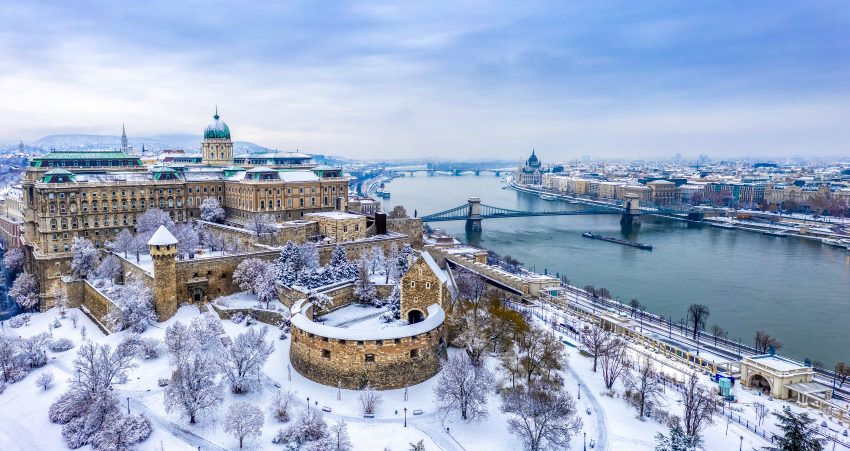
János Hill
Easily accessible by the heart-stopping Libegő chairlift or the one-of-a-kind Children’s Railway (both departing from Zugliget), János Hill is the tallest of the Buda Hills (at least within the city limits of Budapest), standing at a total height of 527 metres. In honour of the hill’s most famous visitor, Queen Elizabeth, a marvellous, 23 metres tall lookout tower was built here in 1910, topping the mountain peak like a limestone crown. The Elizabeth Lookout Tower was designed in neo-Romanesque style by Ferenc Schulek, the same architect who oversaw the renovation of Matthias Church. For a long time, it doubled as a weather station, but now the building’s sole purpose is to provide visitors with an astonishing bird’s eye view of Budapest and the peak’s hilly, wooded surroundings.
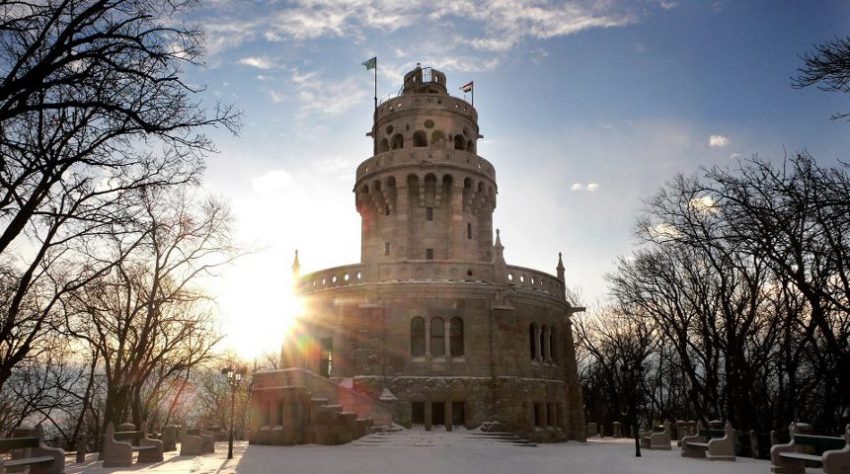
Gül Baba’s Tomb
Why would someone want to visit the tomb of a 16th century Turkish dervish on Valentine’s Day? Well, for starters, because it is located at the end of Budapest’s steepest, and most romantic cobblestoned streets. Marking the burial place of the famous Father of the Roses (roses, you know, the flower that has become synonymous with love and affection, and the most preferred flower on Valentine’s Day), the octagonal-shaped tomb, which is actually revered by Muslims as Islam’s northernmost holy site, is surrounded by an artistically designed garden, offering a magnificent view over Budapest. No wonder it has become one of the most attractive rendezvous spots of the city.
ELTE Botanical Garden
Established in 1847, the ELTE Botanical Garden (better known as Füvészkert, or herbalist garden) plays an important role in the world-renowned youth novel of Ferenc Molnár, The Paul Street Boys. Operating as a special educational unit of the Eötvös Loránd University on a little bit over 3 hectares of land, it houses 8,000 plant species, including many kinds of cactuses, Queen Victoria’s water lily, the ancient Wollemi pine, witch hazel, orchids, bamboo and more. Füvészkert’s most notable monument is the country’s first Palm House: boasting a small pond inside, tropical conditions, and a wide range of exotic trees, it will surely awaken the 19th century romanticist in everyone.
Margaret Island
Without a doubt, Margaret Island is Budapest’s most picturesque, some might even say most enchanting spot. Named after Saint Margaret, a 13th century Hungarian princess and Dominican nun, the leafy patch of earth sitting between the two parts of the city has been a favourite venue of lovers for hundreds of years. Besides an imposing Art Nouveau water tower complete with a balconied observation deck and a designated Kiss Hall, the island gives home to a number of wonderful gardens, romantic medieval ruins, a free-to-visit petting zoo, and the country’s largest music fountain spewing colourful jets of water into a height of up to 25 meters.

Rudas Baths
Do away with your uncomfortably small bath and instead relax and soak together in one of the most popular historical baths of Budapest. “Fürdőzés” can either be a couple of hours or a full-day program: the spa kingdom of Rudas (with its original core dating back to Ottoman times) is equipped with all the necessary ingredients for a full-scale charge-up of your battered down batteries, including massage therapy, various saunas, a range of pools filled with healing waters, imperial splendour, and a breath-taking panoramic view over the city.
